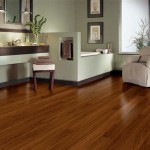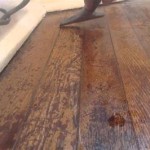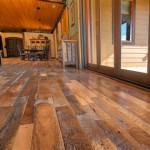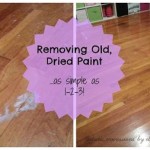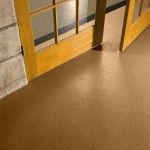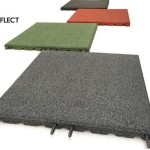An In-Depth Look at Underlay for Engineered Wood Flooring
Engineered wood flooring is a popular choice for homeowners due to its durability, ease of maintenance, and stylish appearance. However, the performance and longevity of engineered wood flooring can be greatly influenced by the type of underlayment used beneath it. Underlay plays a crucial role in providing support, sound absorption, moisture protection, and thermal insulation.
Types of Underlayment
Cork Underlay: Cork underlay is made from natural cork, which is a renewable and sustainable material. It provides excellent sound absorption, thermal insulation, and moisture resistance. Cork underlay is also resistant to mold and mildew.
Rubber Underlay: Rubber underlay is made from recycled rubber tires, making it an environmentally friendly option. It is highly durable, providing excellent support and sound absorption. Rubber underlay is also moisture-resistant, making it suitable for areas prone to moisture.
Foam Underlay: Foam underlay is made from polyethylene or polyurethane, providing a combination of support, sound absorption, and moisture protection. It is a lightweight and inexpensive option available in various densities.
Felt Paper Underlay: Felt paper underlay is made from recycled paper, making it a cost-effective option. It provides some sound absorption and moisture resistance, but it is less durable than other types of underlayment.
Choosing the Right Underlayment
The choice of underlayment depends on various factors, including the type of engineered wood flooring, the subfloor conditions, and the specific needs of the homeowner. Here are some considerations:
- Floor Type: Engineered wood flooring with a thicker wear layer requires less support than thinner flooring.
- Subfloor Conditions: If the subfloor is uneven or damaged, a thicker underlayment may be needed to provide additional support.
- Sound Absorption: If noise reduction is a priority, an underlayment with high sound absorption capabilities, such as cork or rubber, is recommended.
- Moisture Resistance: In areas prone to moisture, such as bathrooms or basements, a moisture-resistant underlayment is essential.
Benefits of Underlayment
Using underlayment with engineered wood flooring offers several benefits:
- Enhanced Stability: Underlayment provides a stable base for the engineered wood flooring, reducing the risk of buckling or warping.
- Improved Sound Absorption: Underlayment absorbs sound, reducing noise transfer from the floor to other areas of the home.
- Increased Thermal Insulation: Underlayment acts as an insulator, helping to maintain a comfortable floor temperature during cold months.
- Moisture Protection: Moisture-resistant underlayment helps protect engineered wood flooring from damage caused by moisture.
- Extended Lifespan: By providing support and protection, underlayment can extend the lifespan of engineered wood flooring.
Installation of Underlayment
Proper installation of underlayment is crucial for optimal performance. Here are some guidelines:
- Roll out the Underlayment: Unroll the underlayment across the subfloor, overlapping the seams by 2-3 inches.
- Trim and Tape: Trim the excess underlayment around the edges and secure the seams with tape.
- Install the Engineered Wood Flooring: Install the engineered wood flooring according to the manufacturer's instructions.
Conclusion
Investing in high-quality underlayment is essential for ensuring the performance, durability, and comfort of engineered wood flooring. By choosing the right underlayment and installing it properly, homeowners can maximize the benefits of their engineered wood flooring for years to come.

Underlayment Buyer S Guide

Does Wood Flooring Need Underlay Greyspace

Flooring 101 Best Underlayment For Hardwood Floors Next Day

How To Choose Underlay For Your Next Wood Flooring Project Esb

Underlayment Buyer S Guide

What Is The Best Underlayment For Laminate Flooring Options

Flooring Underlay Wood Floor Direct

The Advantages Of Poly Foam Underlay Blog Floorsave

Hardwood Floor Underlayment Options And Installation Easiklip Floors

Underlayment What It Is And Why You Need Stuga
See Also
